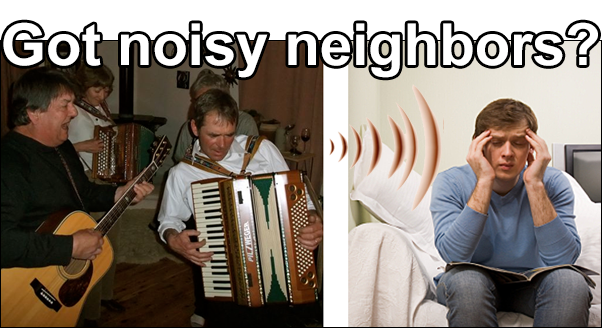Setting benchmarks and measuring building performance is vital to designing successful “green” or high efficiency buildings. ASHRAE developed a set of Performance Measurement Protocols (PMP) to provide consistent test methods for the industry to measure energy, water, and indoor environmental quality performance of commercial buildings. The indoor environmental quality section...
Read MoreAcoustic plasters are troweled-on acoustic treatments that absorb sound, control reverberation, and reduce noise. They can be used in both exterior and interior applications. Plaster can be applied in different colors a variety of textures (degrees of smoothness). There is even an acoustically transparent shimmer effect that can sprayed directly onto the...
Read MoreAcoustic stretch systems are fabric or micro-perforated vinyl membranes stretched over plastic or metal frames with sound absorbing or sound blocking material behind. These treatments can cover larger areas with fewer seams than acoustic panels. Custom options can accommodate irregular shaped rooms, including curved walls and domes.
Read MoreWave Engineering recently had the pleasure of working with St. Catherine Greek Orthodox Church in Greenwood Village to enhance the acoustics of their sanctuary. We used EASE acoustical modeling software to investigate changes to the surface finishes and shape of the room in order to...
Read MoreSound transmission from gun ranges has become a growing concern as shooting sports increase in popularity and firing ranges are built in close proximity to retail areas and residential districts. Wave Engineering works with developers, architects, engineers, and city planners to evaluate potential noise concerns from shooting facilities...
Read MoreIn a previous post, we discussed ways that the acoustics of a conference room can affect the audio quality of the video conferencing system. Here in Part 2 we will go over some general recommendations on designing the room to get the best sound from the system.
Read MoreThere are many market factors driving the growth of video conferencing, and manufacturers like Polycom and ClearOne have responded with better technology. These modern video conference systems offer bigger displays, higher resolution video, high definition audio quality, integration with mobile apps, and so on. However, if this advanced technology is installed in a poorly designed conference room, the results can be disappointing...
Read MoreMany open office areas employ sound masking systems to create an even distribution of background noise that is just loud enough to help mask distracting noises (particularly from other conversations) without being loud enough to be a nuisance. The system typically consists of special loudspeakers mounted in or above the ceiling and a head-end unit that generates and shapes the noise. Another useful application of sound masking is to improve speech privacy...
Read MoreDo you select Sound Transmission Class ratings from the Gypsum Association Fire Resistance Design Manual? The GA manual contains a lot of good information on fire and sound ratings. The sound ratings, however, must be used carefully. Knowledgeable acoustic consultants do not rely on the GA manual Sound Transmission Class ratings, but use laboratory test reports (multiple reports when available). We may also supplement the lab test reports with field test...
Read MoreVinyl flooring options have expanded in recent years to include finishes that mimic the appearance of tile and hardwood. These materials have become popular in multifamily condominium and rental apartment markets, and hospital and healthcare facilities (long term care, hospice, etc.) due to the attractive cost and low maintenance. As acoustical consultants, we evaluate flooring materials as they relate to sounds in the room...
Read MoreHigh Impact workouts – such as CrossFit and other high intensity Boot Camp style strength and conditioning programs – are gaining in popularity throughout the country. Neighborhood gyms, which were once quiet retreats where clients worked out independently on treadmills with their headphones on, are now social hubs overflowing with people, activity, and loud music. These modern gyms have become one of the biggest sources of noise complaints we see in retail and multifamily buildings...
Read MoreWave Engineering explains the Sound Transmission Class STC rating.
Read MoreNoise experts at Wave Engineering discuss the new acoustic requirements of LEED v4. The acoustic requirements include criteria for reverberation, interior and exterior sound isolation, and mechanical background noise levels.
Read MoreWave Engineering designed the acoustics for this University of Colorado Boulder classroom and student lounge renovation
Read MoreThis video shows an acoustic tapping machine in action. Wave Engineering uses the tapping machine for ASTM 1007 IIC testing of floors.
Read MoreWave Engineering explains what an Impact Insulation Class rating is and how to improve IIC ratings of floors.
Read MoreNoise experts Wave Engineering explain the acoustic oral privacy requirements of HIPAA for healthcare facilities.
Read More



















